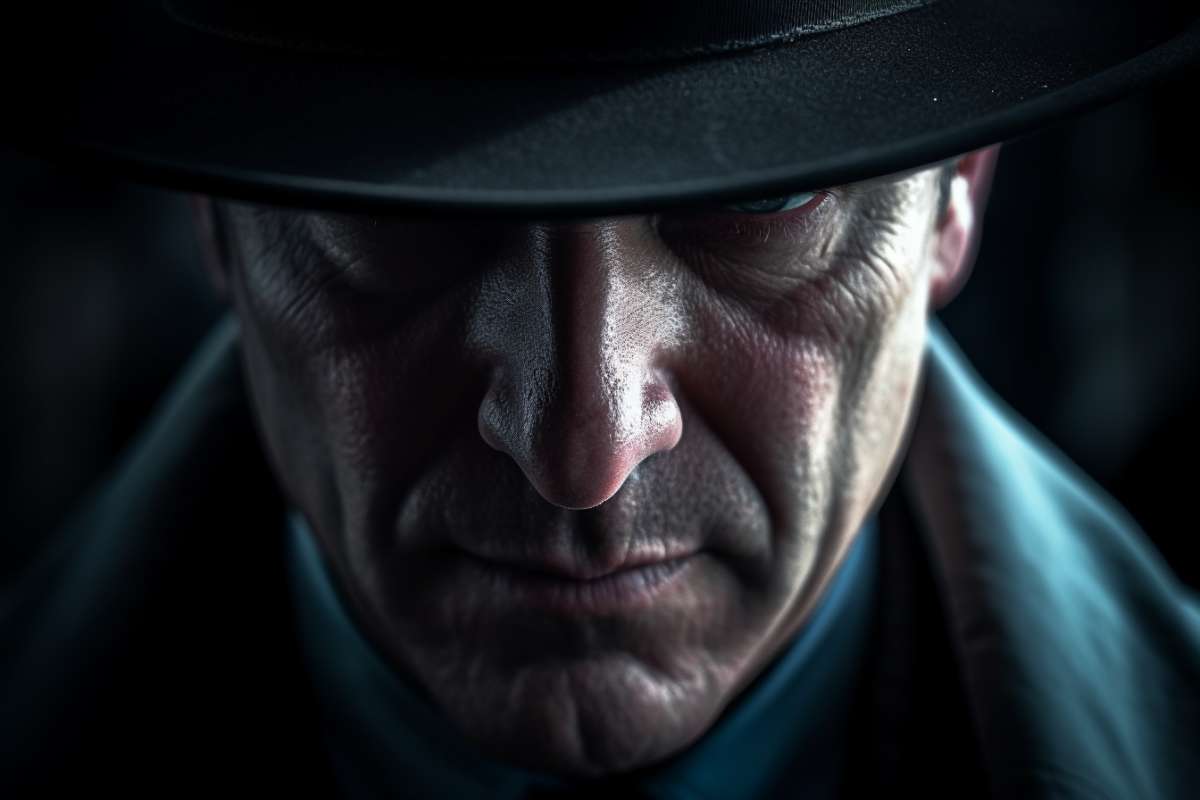Table of Contents
- Introduction
- Detective Archetypes
- Common Motifs in Mystery Stories
- Key Elements of a Mystery Story
- Conclusion
Introduction
Mystery stories have captivated readers for centuries, and the genre continues to thrive today in various forms. One of the key elements of a mystery story is the detective character, who is tasked with solving the crime at the heart of the narrative. However, not all detectives are created equal, and mystery writers often employ specific archetypes to give their characters more depth and complexity. In this article, we will explore some of the most common detective archetypes in mystery stories, as well as some of the key motifs and elements that are often present in this genre.
Detective Archetypes
One of the most enduring detective archetypes in mystery stories is the classic private eye. This character is often a loner who operates outside of the law, using his or her own set of skills and instincts to solve crimes. Private eyes are often portrayed as tough, cynical individuals who have seen the darker side of life, but who still possess a strong sense of justice.
Another popular detective archetype is the amateur sleuth, who is typically a non-professional who becomes involved in solving a crime due to personal interest or curiosity. Amateur sleuths often have some sort of connection to the victim or the suspects, which gives them a personal stake in the case. They may be portrayed as less competent than professional detectives, but their determination and resourcefulness often make up for their lack of experience.
The police detective is another common archetype in mystery stories. These characters are typically members of a law enforcement agency, and they use their official authority to investigate crimes. Police detectives are often portrayed as being more bureaucratic and constrained by regulations than private eyes or amateur sleuths, but they also have access to more resources and information than their non-professional counterparts.
Also read: Classic Mystery Tropes: What Makes a Whodunit Unforgettable?
Common Motifs in Mystery Stories
While the detective character is a central element of the mystery genre, there are also certain motifs that are commonly used in these stories. One of the most popular motifs is the "locked room" mystery, in which the crime takes place in a room that is apparently locked from the inside. This type of mystery often involves a seemingly impossible situation, which the detective must unravel through careful observation and deduction.
Another common motif is the "red herring," which is a false clue or lead that is intentionally planted to mislead the detective and the reader. Red herrings are often used to create tension and suspense in the story, as the detective must navigate a maze of false leads in order to uncover the truth.
The use of puzzles and riddles is also a popular motif in mystery stories. These elements can add an additional layer of complexity to the story, and they often require the detective (and the reader) to think creatively and outside of the box in order to solve the crime.
Key Elements of a Mystery Story
While the specific detective archetypes and motifs used in mystery stories can vary widely, there are also certain key elements that are typically present in this genre. These include:
- The Crime: A mystery story revolves around a crime that needs to be solved. This crime can be anything from a murder to a theft, but it is always the central focus of the narrative.
- The Suspects: There are always suspects in a mystery story, and the detective (and the reader) must work through the clues and evidence to determine who is responsible for the crime.
- The Clues: Clues are the pieces of evidence that the detective uses to solve the crime. These can be physical objects, witness statements, or anything else that helps the detective piece together the puzzle of what happened.
- The Solution: The ultimate goal of a mystery story is to solve the crime and identify the perpetrator. This solution should be logical and satisfying, and it should tie together all of the clues and evidence that have been presented throughout the narrative.
Conclusion
Mystery stories have a long and rich history, and the genre continues to be popular with readers today. While there are many different variations of the mystery story, all of them share certain key elements, including the presence of a detective character, the use of specific archetypes and motifs, and a focus on solving a crime through clues and evidence. By understanding these elements and incorporating them into their own writing, authors can create compelling and engaging mystery stories that keep readers on the edge of their seats.
For the Choose Your Adventure brand, the detective archetype and mystery motifs can be used to create interactive stories that allow the reader to take on the role of the detective and solve the crime themselves. By leveraging the key elements of the mystery genre, these stories can be engaging and immersive, giving readers a unique and exciting experience that they won't soon forget.
